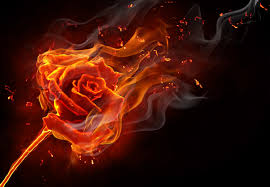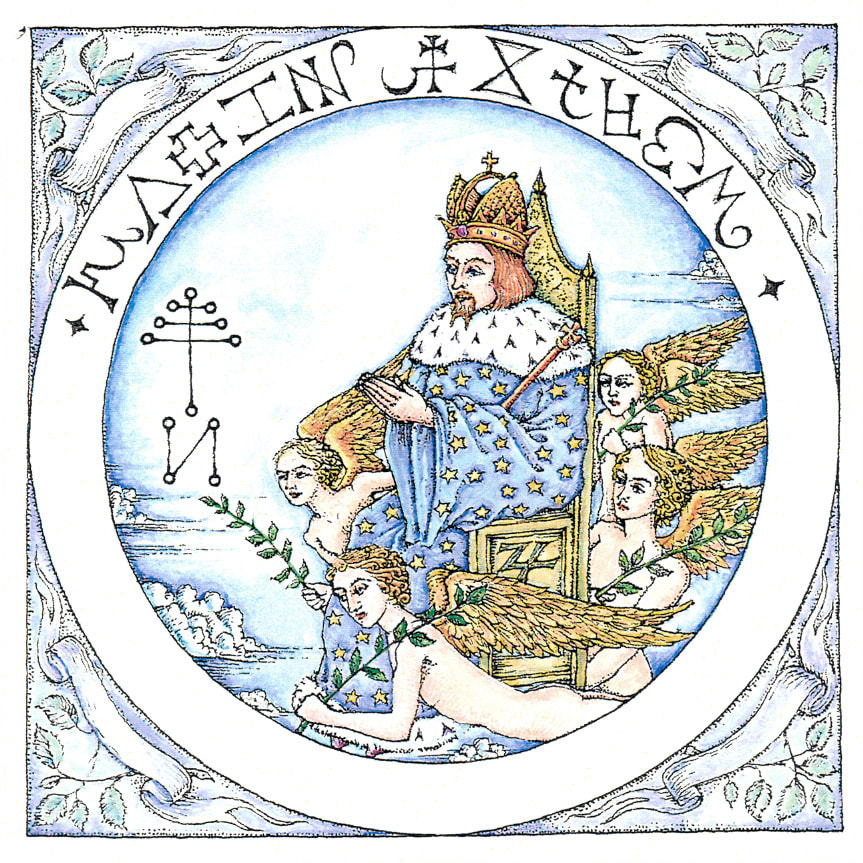|
The next morning I could remember nothing, not even a letter, of the flower's name. Later that afternoon, I went into my study, retrieved the wilted violet, and dumped it, unburned, into the garden. I half-hoped this would rid me of the shadow's presence. A week or so passed before I found myself with a few moments to spare. I resumed my research into Yeats and came across a remarkable scholarly work entitled "W.B. Yeats and the Vegetable Phoenix." This fascinating study reviewed Yeats' Ghost Flower ritual from the point of view of palingenesis, an archaic, alchemical notion regarding the resurrection of a plant's spirit through arcane processes of distillation. I soon came across the following lines: "Vallemont indeed warns that, ‘We must not expect a solid Body in this Apparition: ’tis only a Shadow; and if any one should rashly go about to touch this resuscitated Rose, it would fare with him as with the sacrilegious Ixion, who thinking to embrace Juno, found only a flitting Cloud, without any Consistency’." 1 This set my heart racing. Mann's dissertation on palingenesis reignited my determination to perform the full Ghost Flower ritual. I'd seen the shadow that Vallemont spoke of. I'd forgotten it's name, but not its message. Something inside me still reeled with anger and shame at the shadow's warning against pornographic thoughts. I felt dirty, small, and in many ways pathetic. That said, my heart soared with the beauty of synchronicity and the mystery of having seen such a wonderful thing. I would burn another flower. This time I would take proper steps to do it right. 1. Mann, Neil. "W.B. Yeats and the Vegetable Phoenix." Yeats Annual 17, ed. W. Gould (Palgrave Macmillan, 2007), pp. 3–35. Categories All
0 Comments
Leave a Reply. |
Daniel E. BlackstonMy experiences with William Butler Yeats's Ghost Flower ritual. |


 RSS Feed
RSS Feed
